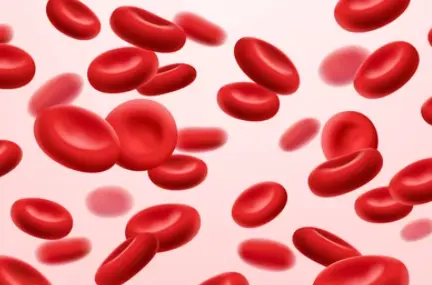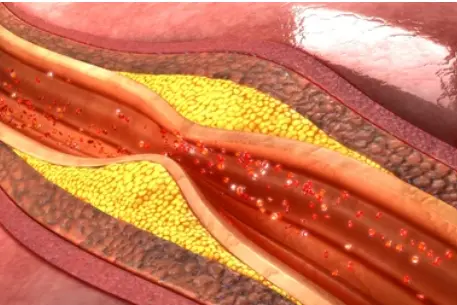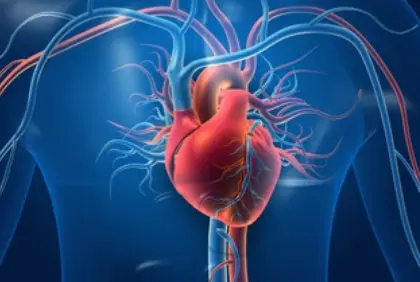 Welcome
Welcome
“May all be happy, may all be healed, may all be at peace and may no one ever suffer."
- A
- B
- C
- D
- E
- F
- G
- H
- I
- J
- K
- L
- M
- N
- O
- P
- Q
- R
- S
- T
- U
- V
- W
- X
- Y
- Z
Trigeminal neuralgia - Generics
Trigeminal neuralgia is a condition that affects the trigeminal nerve, which is responsible for transmitting sensory information from the face to the brain. This condition is characterized by sudden, severe, and electric shock-like pain on one side of the face, typically around the eye, nose, and mouth.
The pain associated with trigeminal neuralgia can be triggered by even mild facial movements, such as talking, eating, or brushing teeth, and can last anywhere from a few seconds to several minutes. The pain can be so severe that it interferes with daily activities and can lead to depression and anxiety.
Trigeminal neuralgia can be caused by a variety of factors, including blood vessel compression on the trigeminal nerve, multiple sclerosis, tumors, and facial trauma. In some cases, the cause is unknown.
Treatment for trigeminal neuralgia typically involves medications to manage the pain, such as anticonvulsants or muscle relaxants. In cases where medications are not effective, surgery may be necessary to decompress the nerve or destroy the nerve fibers responsible for transmitting pain signals.
In addition to medical treatment, lifestyle modifications such as stress reduction techniques and avoiding triggers such as cold air or wind on the face may help manage symptoms of trigeminal neuralgia.
In conclusion, trigeminal neuralgia is a condition characterized by sudden, severe, and electric shock-like pain on one side of the face. It can be caused by a variety of factors and can be managed with medications or surgery. Lifestyle modifications can also help manage symptoms. If you are experiencing symptoms of trigeminal neuralgia, it is important to seek medical attention for proper diagnosis and treatment.

Squamous cell carcinoma

Tuberous sclerosis

Trachoma

Macrocytic anemia

Percutaneous transluminal...

Optic neuritis

Ventricular fibrillation...

Keratitis
Trigeminal neuralgia, ট্রাইজিমিনাল ফিক্
To be happy, beautiful, healthy, wealthy, hale and long-lived stay with DM3S.